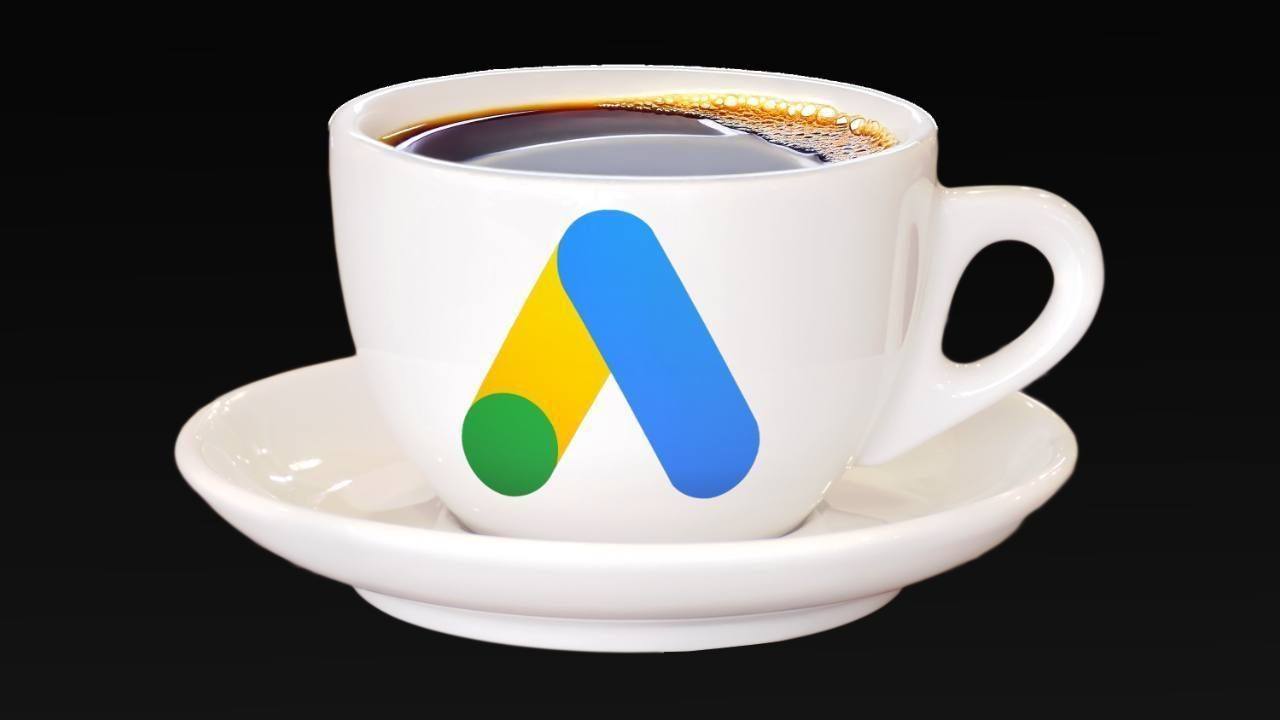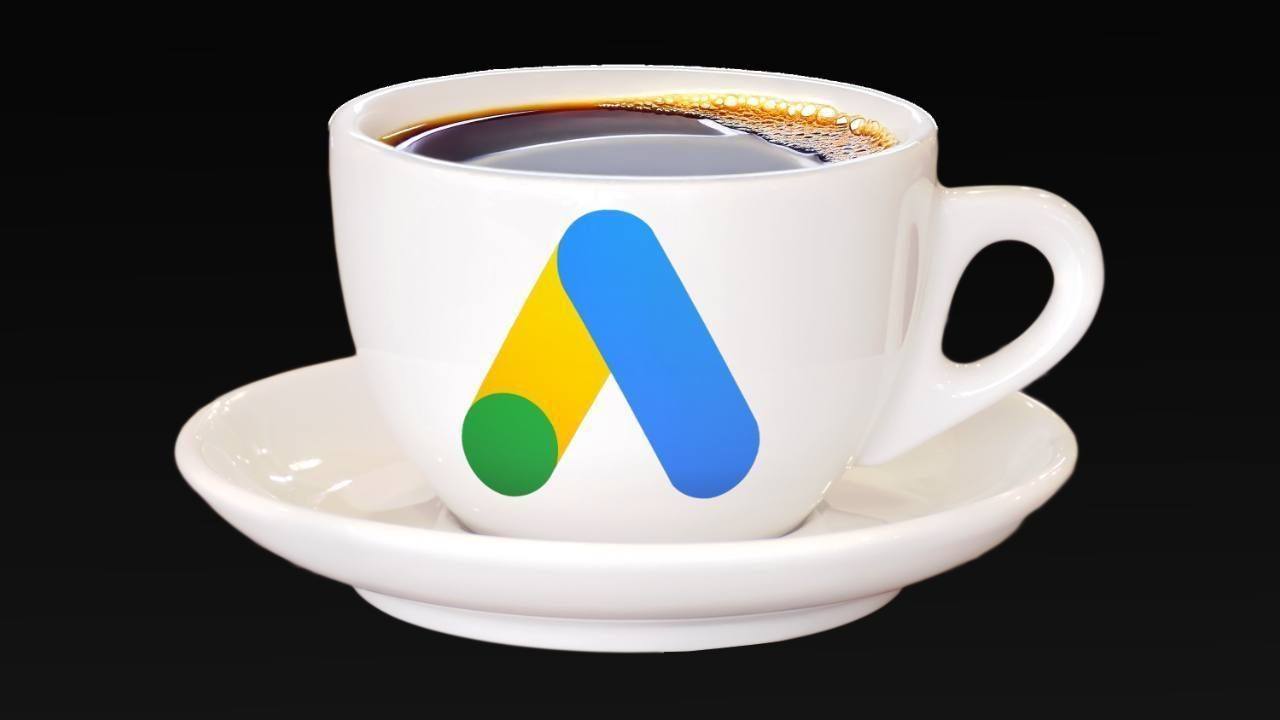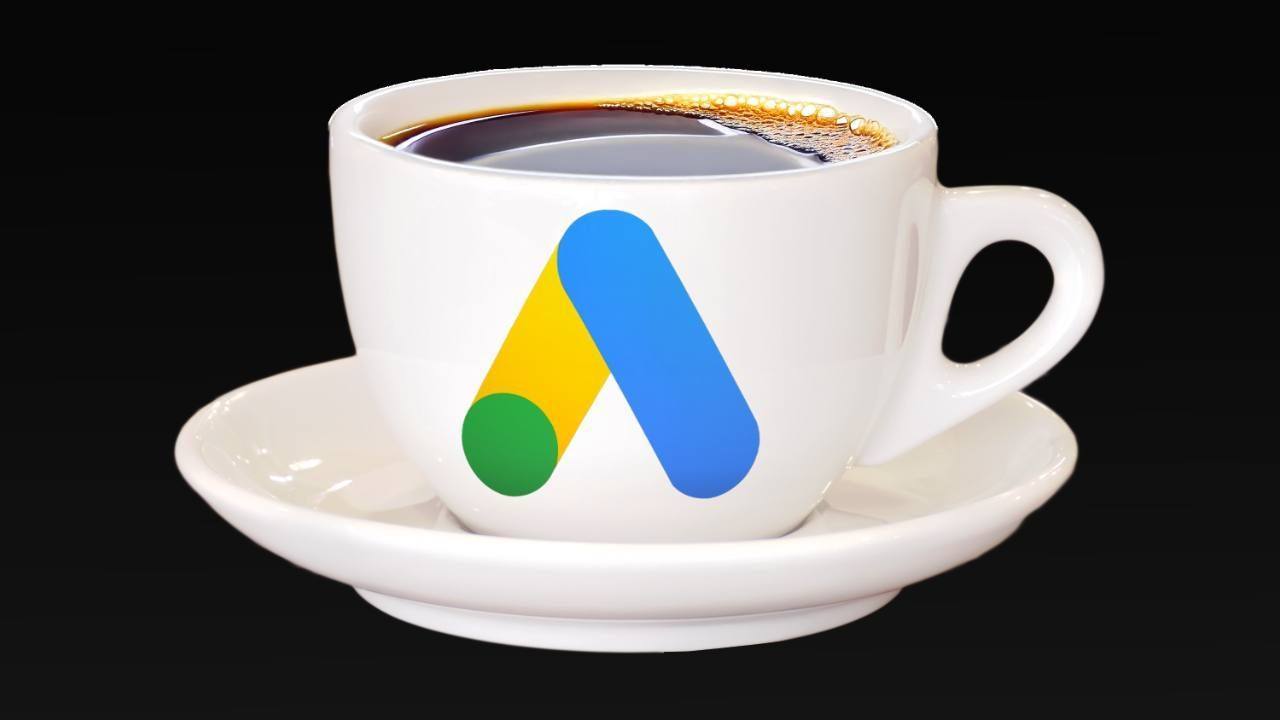The Best Google Ads Account Structure for Your Business

🚀 New video out now!
Learn The Best Google Ads Account Structure for Your Business and start maximizing your ad performance today!
With the rapid changes in Google’s AI features and how people are interacting with search, getting your Google Ads account structure right has never been more important.
Optimisation is still crucial, but structure comes first. Your account setup determines whether your ad spend becomes profitable or turns into a waste of money.
In this post, I’ll walk you through the process we use at Define Digital Academy to create account structures that work for individual businesses.
Because here’s the truth... no one on YouTube, LinkedIn, or anywhere else can give you a single account structure that fits every business.
Every account must be built for its unique goals, products, and audiences.
This is the same process we’ve used to help clients see results like:
-
eCom Brand – Increased their revenue by $56K from just $6K in extra ad spend.
-
Online Counsellor – Doubled new client sign-ups in just 30 days.
Step 1: Decide What “Levers” You Need in Your Business
The term levers isn’t common in most Google Ads discussions, it’s something we use internally at DDA to describe the control mechanisms inside your account.
Levers determine how you structure your campaigns to manage:
-
Product categories or keyword performance
-
Locations
-
Seasonality
-
Results, volume, and profit margins
Let’s break these down.
Product Category or Keyword Performance
Increase ad spend on profitable categories and reduce it on underperforming ones. Structuring by product type or keyword theme helps isolate performance.
Locations
Create separate campaigns for different locations (for example, countries or regions). This allows for more precise messaging, targeting, and offer testing.
Seasonality
If you sell products with opposing sales peaks (e.g., summer vs winter products), you’ll want separate campaigns so you can adjust budgets and bids accordingly.
Results, Volume, and Profit Margins
Some campaigns may generate high ROAS but have low search volume. Others may have strong volume but slim profit margins. Your structure should reflect these realities.
Before launching or rebuilding campaigns, ask yourself:
-
Do I have multiple franchise locations?
-
Do I sell products with different profit margins?
-
Do I need to control spend based on geography, season, or category performance?
These questions define your campaign levers... the foundation of an effective account structure.
Step 2: Decide What Offers and Messages You Will Use
Before you even log into Google Ads, clarify your offer and your messaging.
Many business owners who struggle with Google Ads make the same complaint:
“We’re getting clicks from the right keywords, but no one is converting.”
In most cases, that problem isn’t in Google Ads it’s on the landing page or in the offer.
If your search terms are relevant but your conversions are low, it’s time to re-evaluate:
-
Does your offer clearly communicate value?
-
Does your landing page match the user’s intent?
-
Is the next step obvious and compelling?
Remember: Google Ads can’t fix a weak offer.
Strong creative and messaging drive conversions, not just keywords and bids.
For a deeper look at how to improve your offer and landing pages, check out the live optimisation session I ran with a copywriting and conversion expert.
Step 3: Decide How Many and What Type of Campaigns You Need
Once you’ve identified your levers and clarified your offer, you can start designing your actual campaign structure.
Your structure will depend on:
-
The products or services you offer
-
The locations you serve
-
The level of control you want over budgets and bidding strategies
For example:
-
Separate campaigns for branded vs non-branded search
-
Split Shopping campaigns by margin tiers
-
Use Performance Max for discovery and scale once core campaigns are profitable
By planning your structure upfront, you avoid overlap, wasted spend, and the confusion that comes from managing too many campaigns with unclear objectives.
Final Thoughts
The best Google Ads account structure isn’t one-size-fits-all it’s built around your business model, margins, and goals.
Get your structure right first, and your optimisations will have far more impact.
Have a great week,
Aaron

- Monday 20th October, 8pm AEST: The BEST Google Ads Account Structure...For Your Business
- Monday 22nd October, 8pm AEST: Auditing Your A Google Ads Account
Head Over To My YouTube Channel 👇
|

[LIVE MASTERCLASS + Q&A]
Landing Page Audits and Q&A | with Johan Carlberger 💻
Wednesday, 22nd, October, 2025, 12:00 AM (AEST)
Tuesday, 21st, October, 2025 2:00 PM (GMT)
Tuesday, 21st, October 2025, 06:00 AM (PT)





